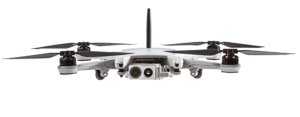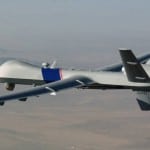
Customs and Border Protection in October awarded contracts to four vendors to provide small drones for field evaluations to inform future procurements. The awards went to Vantage Robotics, Teal Drones, Atlantic Diving Supply, and W.S. Darley & Co. The value of each contract was redacted by CBP in an Oct. 19 notice in the government procurement website Sam.gov. although CBP late provided the award totals. CBP said that Vantage will supply 70 of its Vesper unmanned aircraft system (UAS) under…

 By
By 











